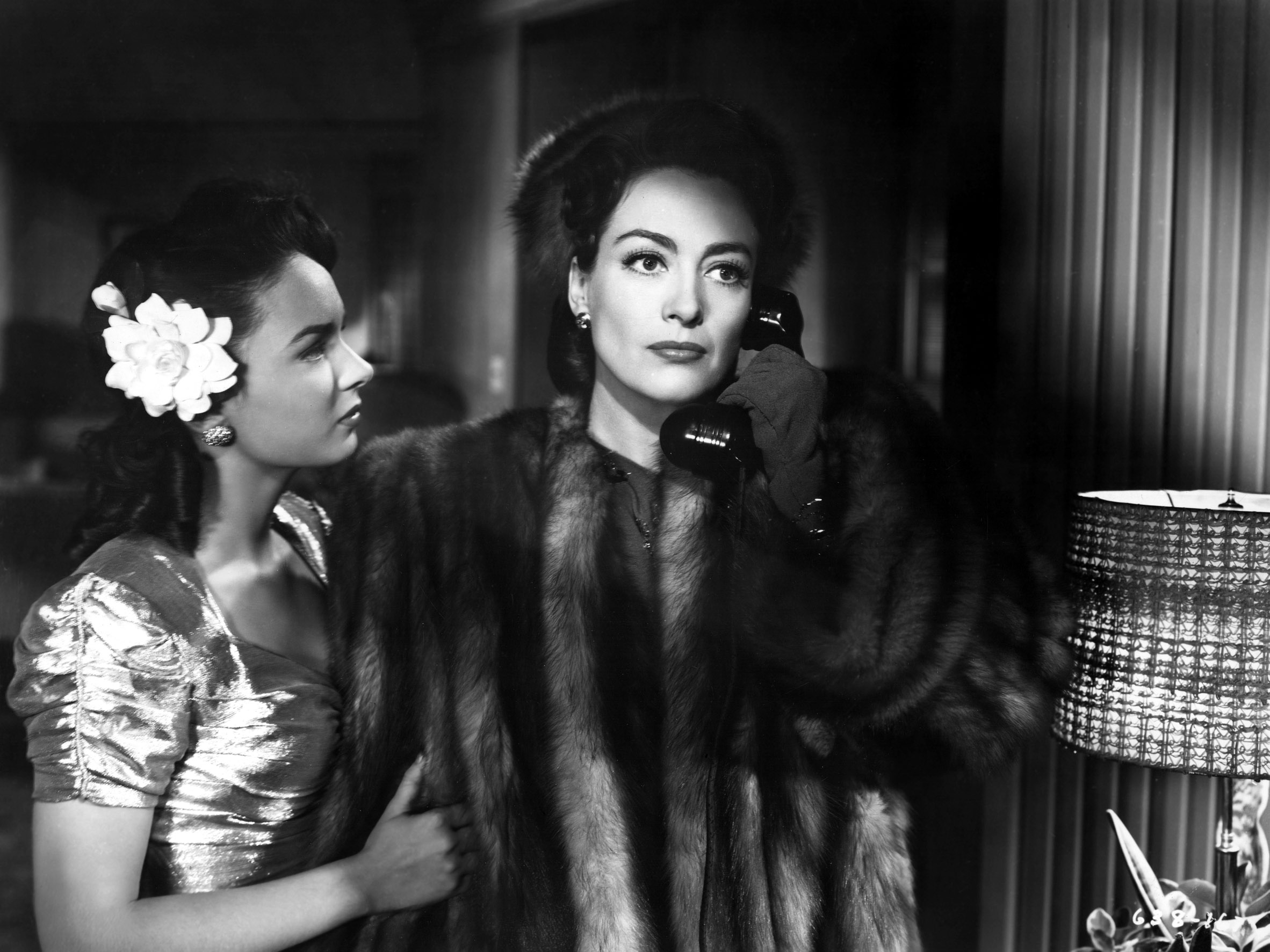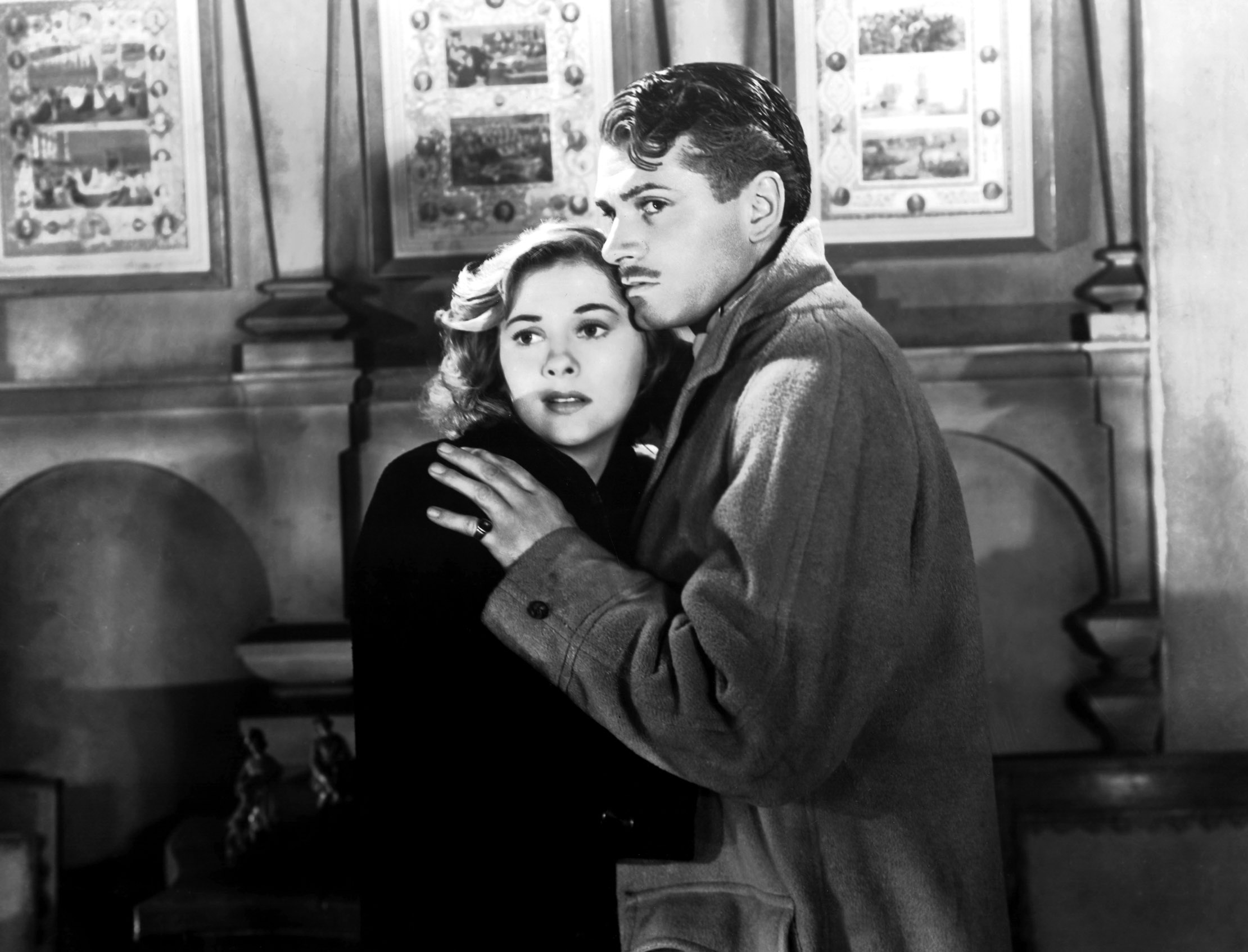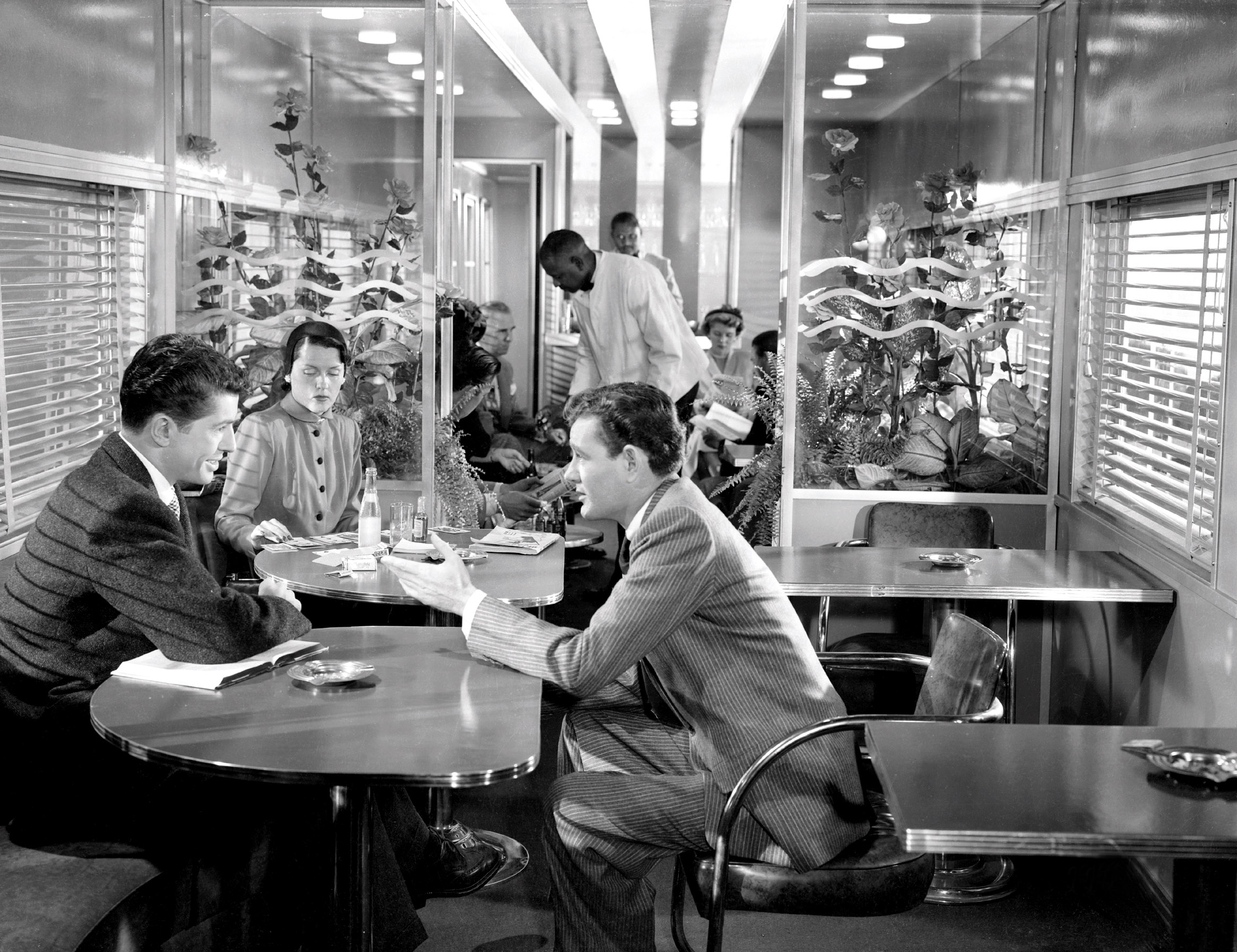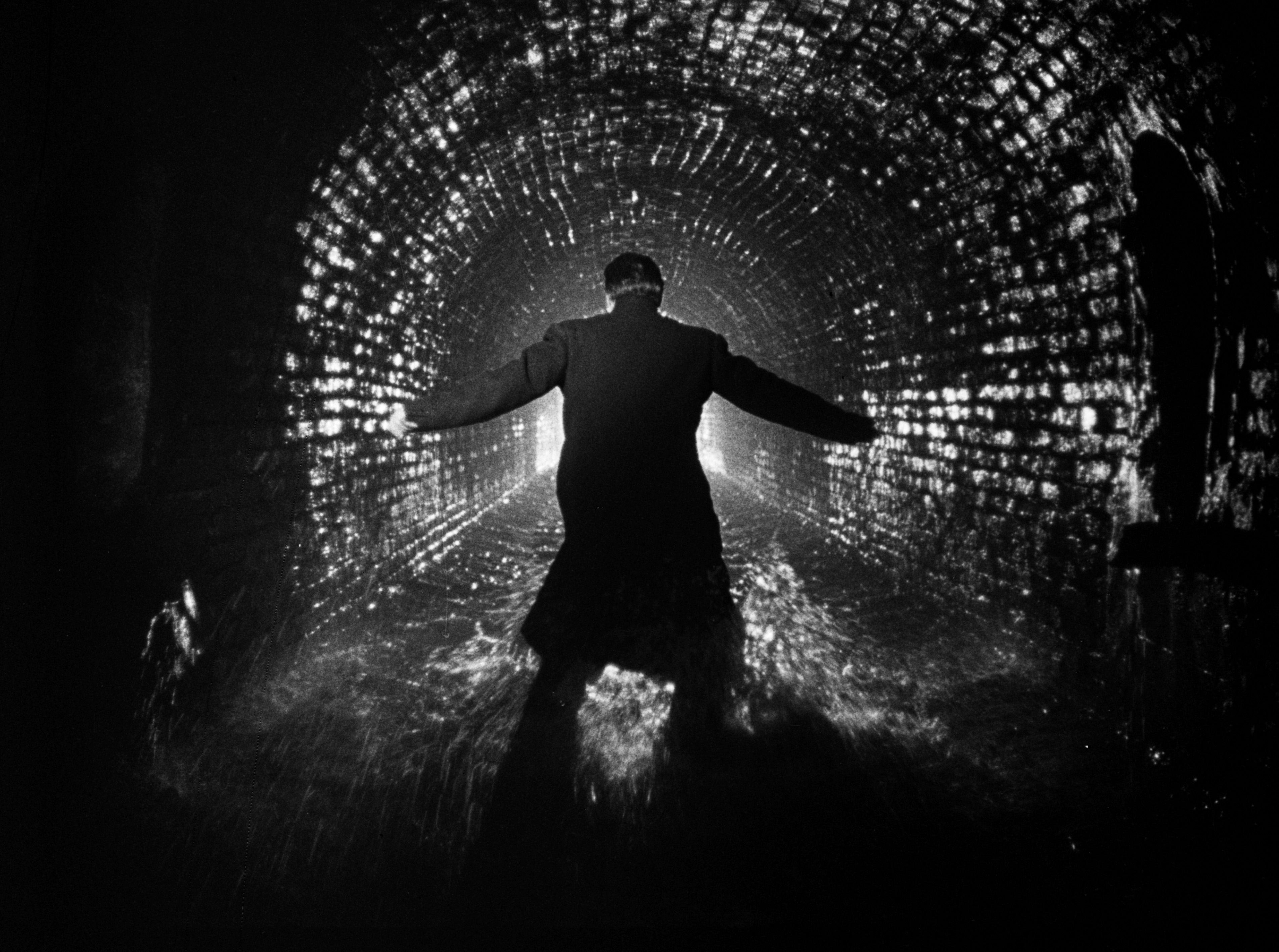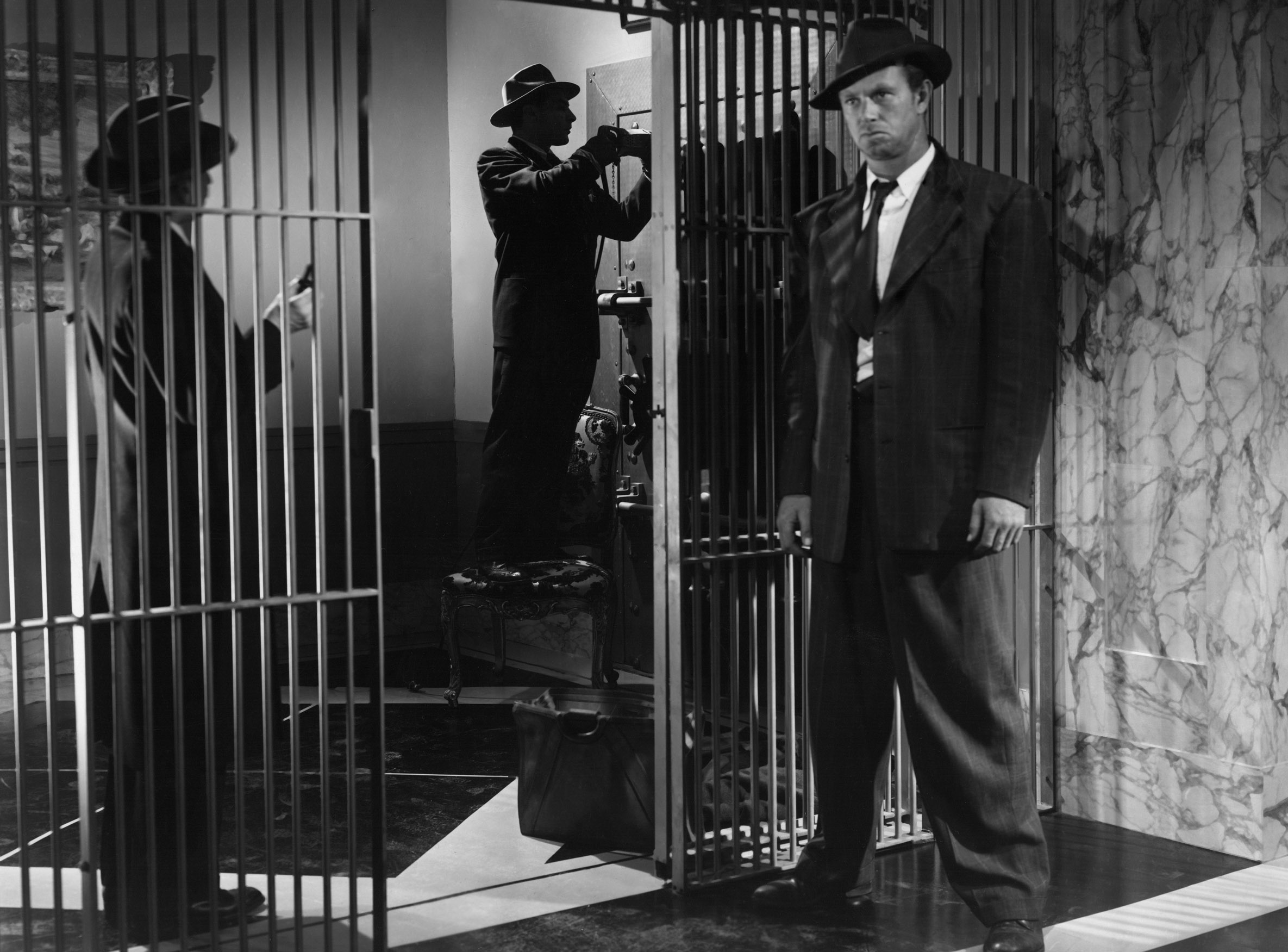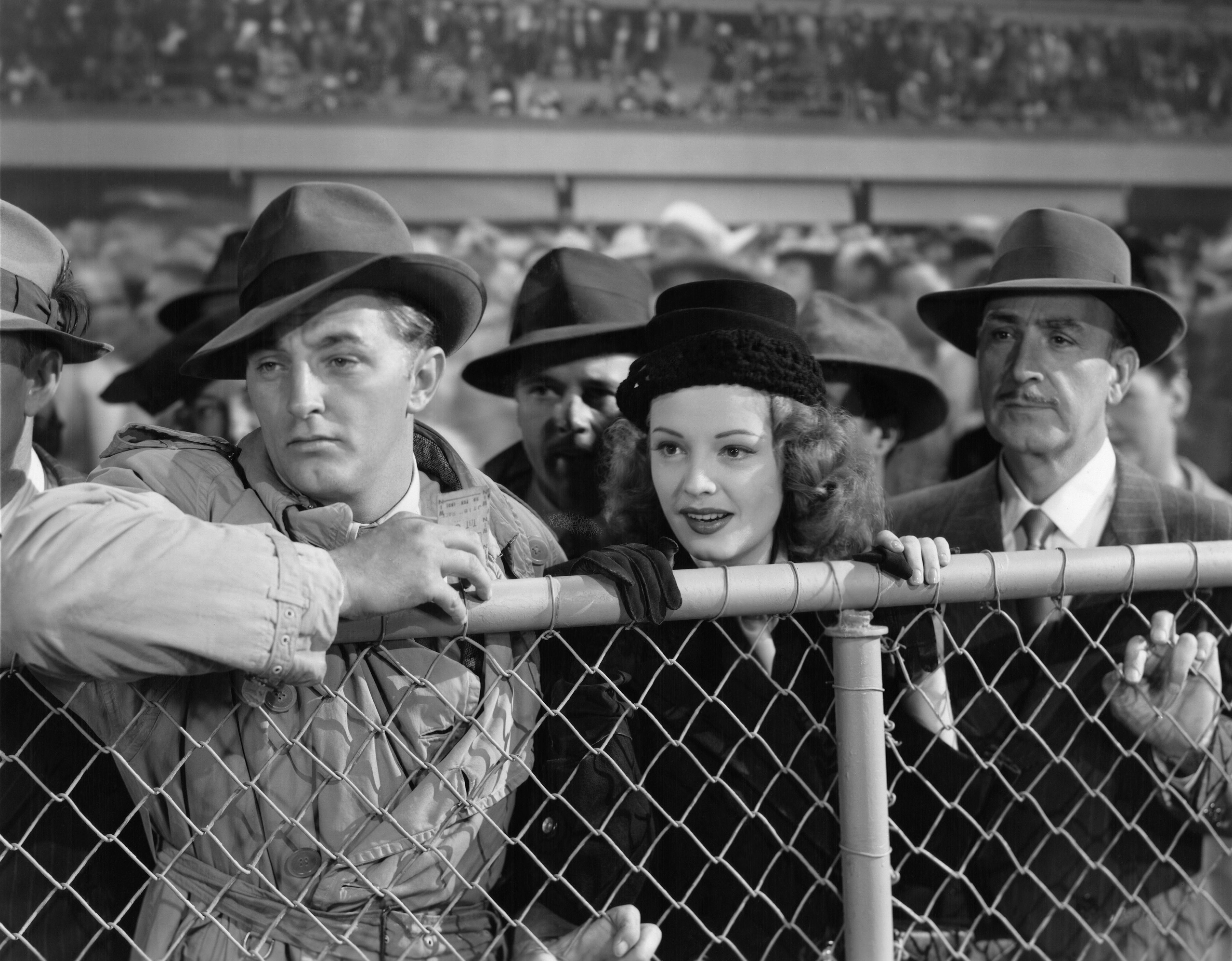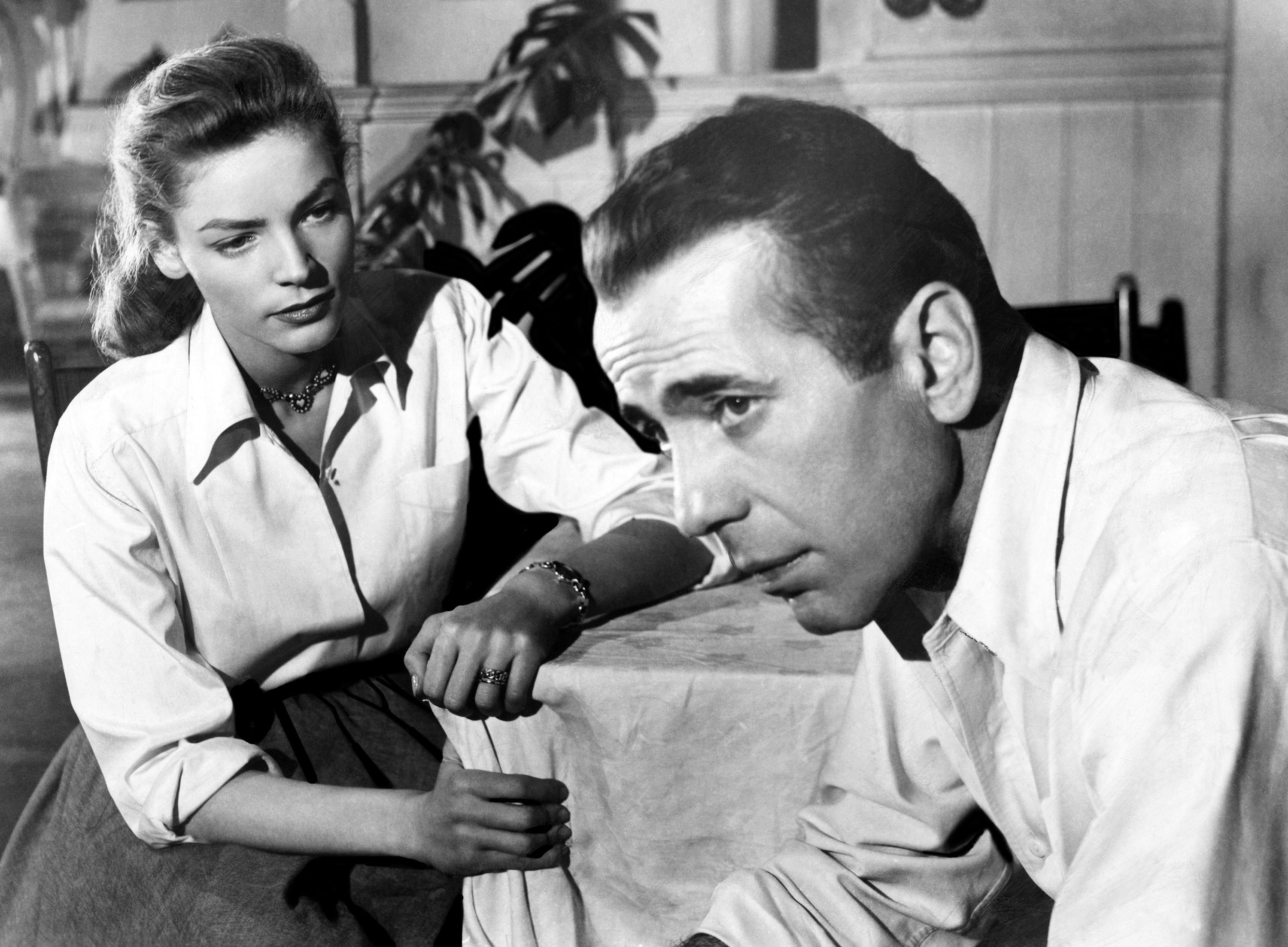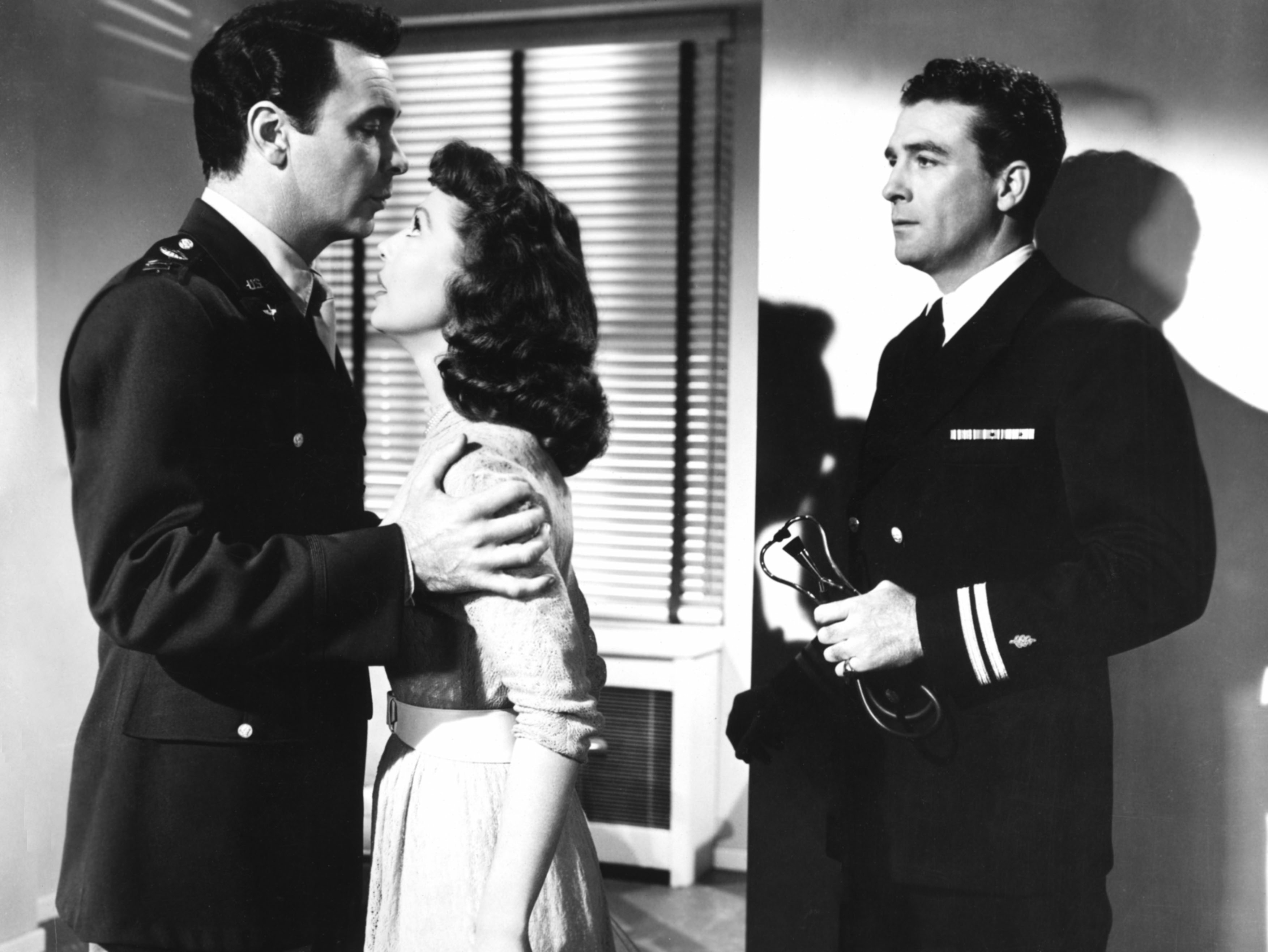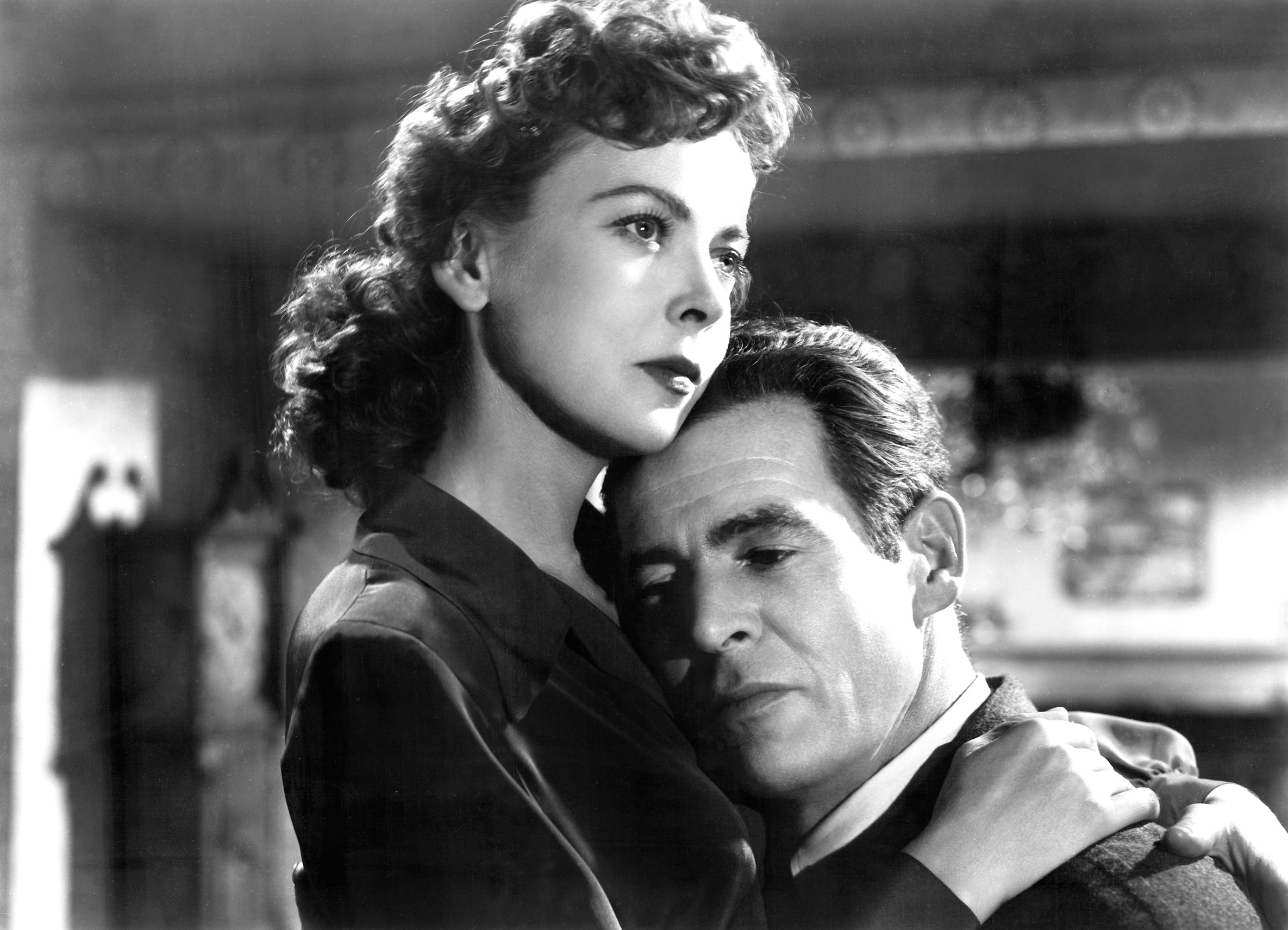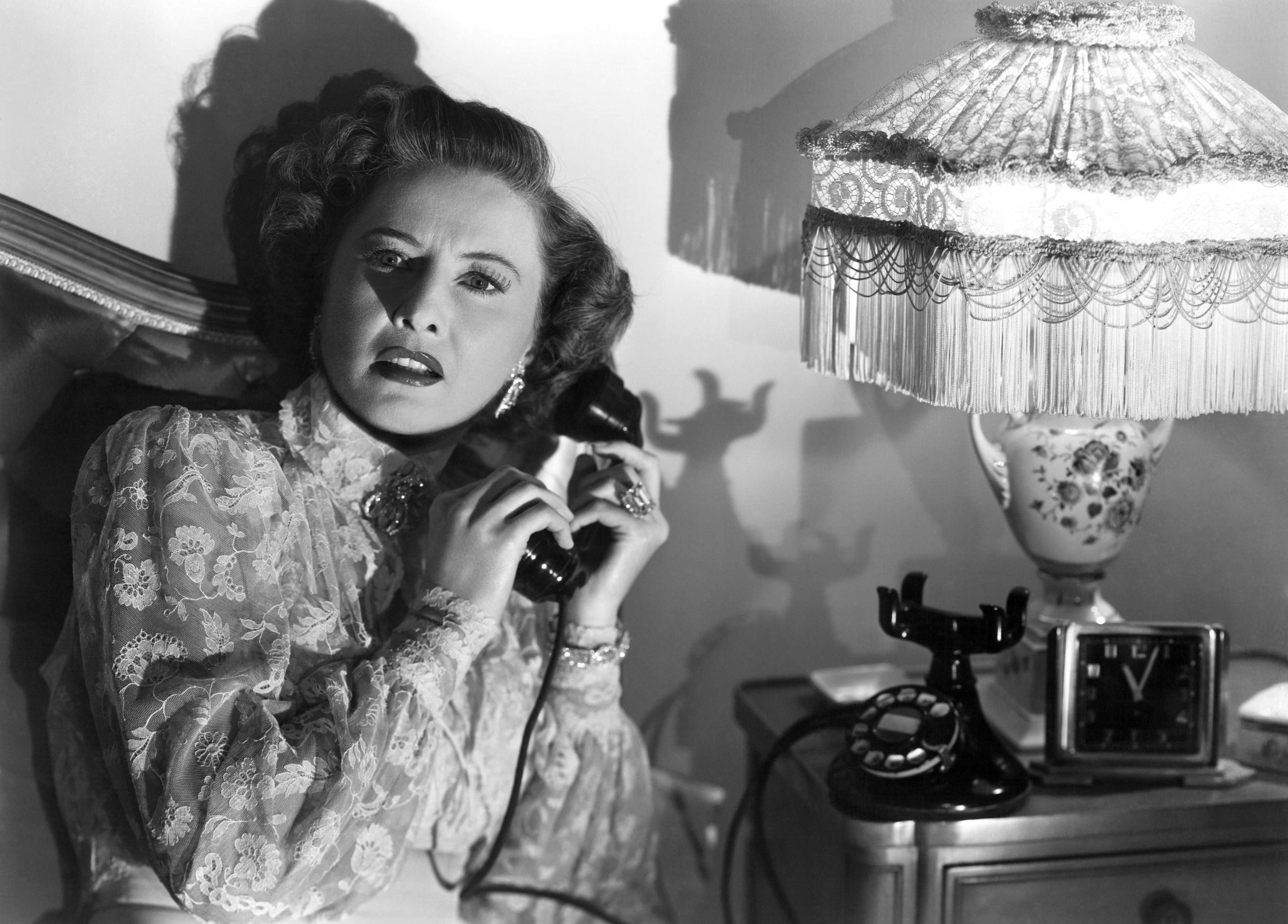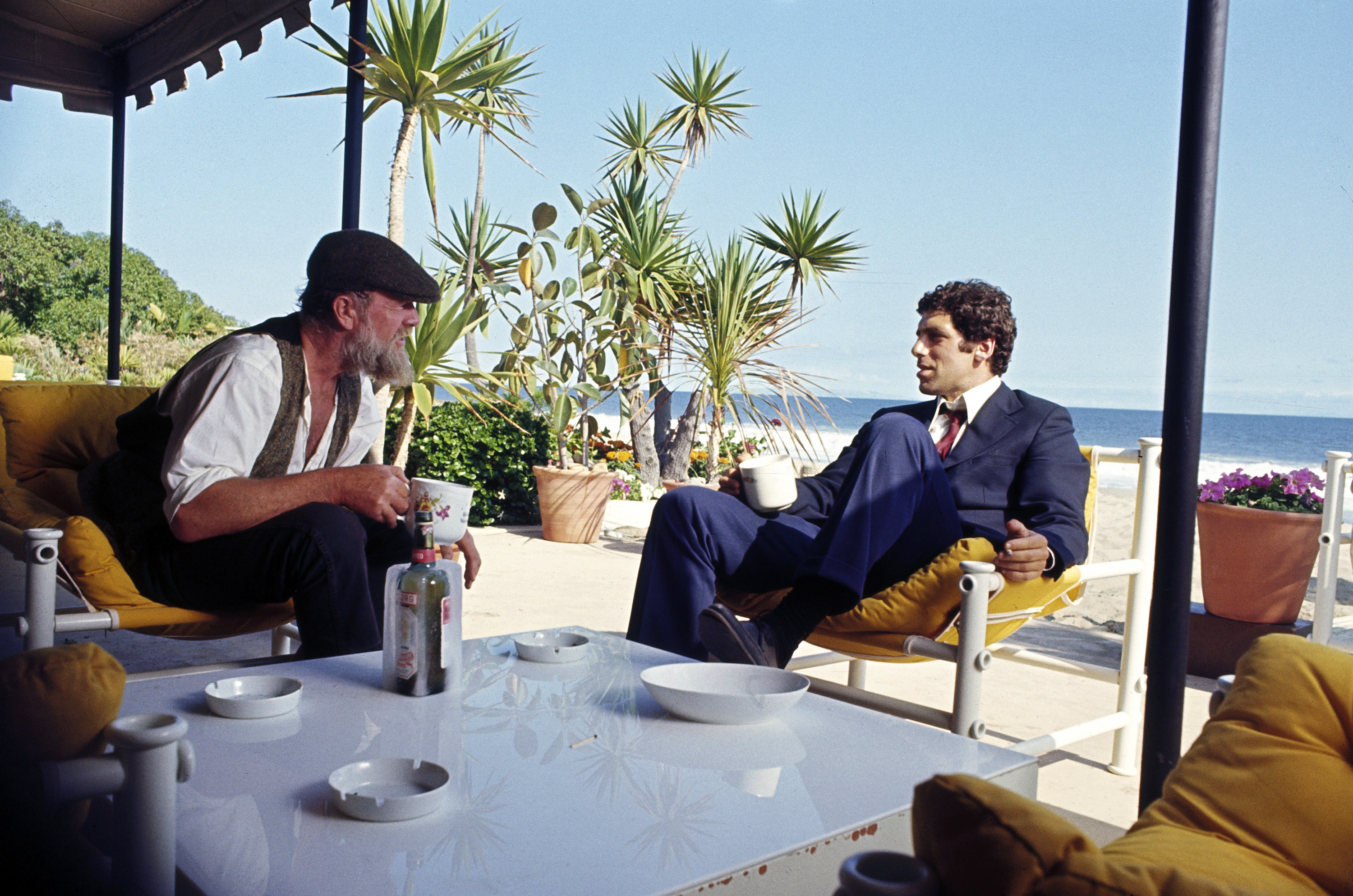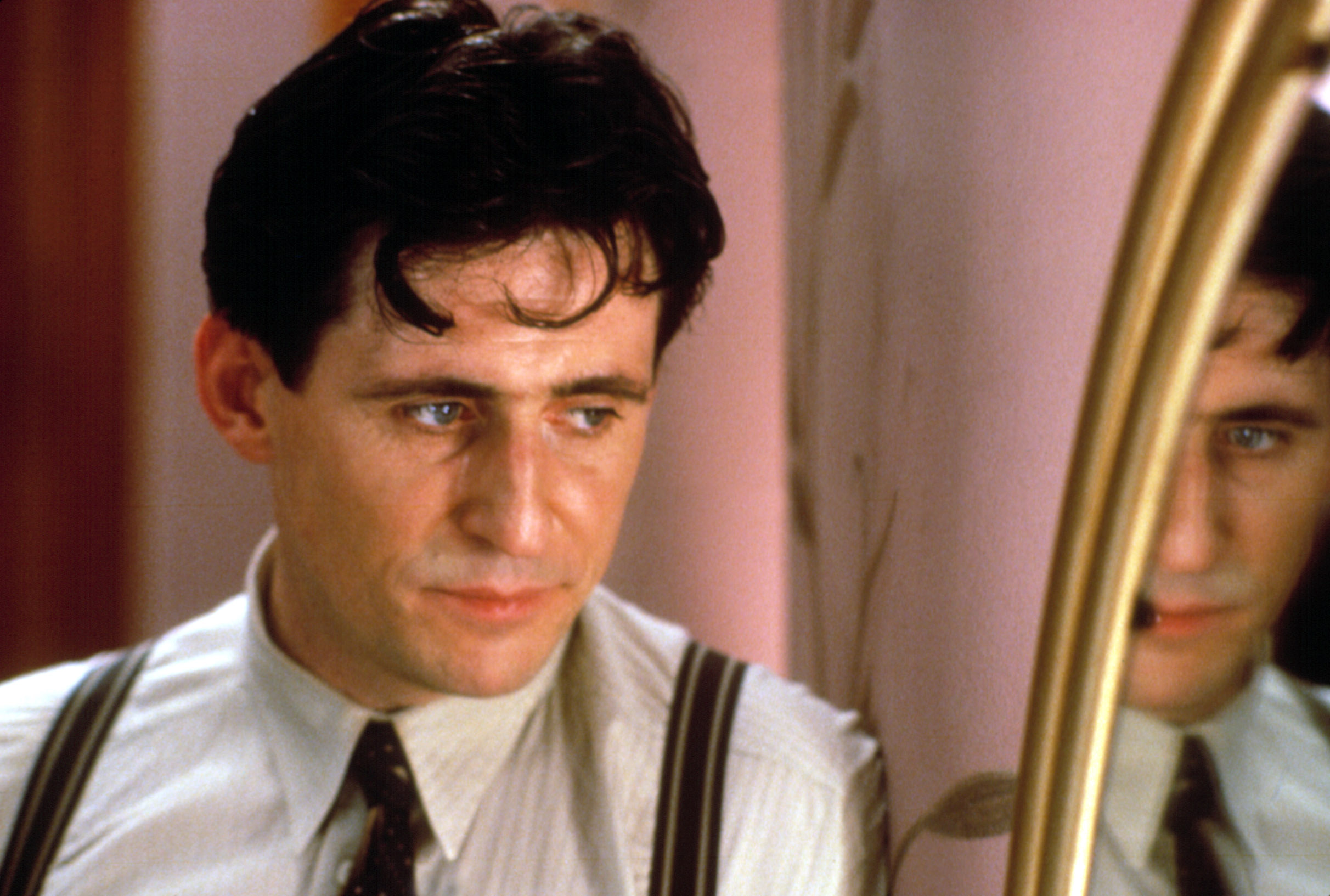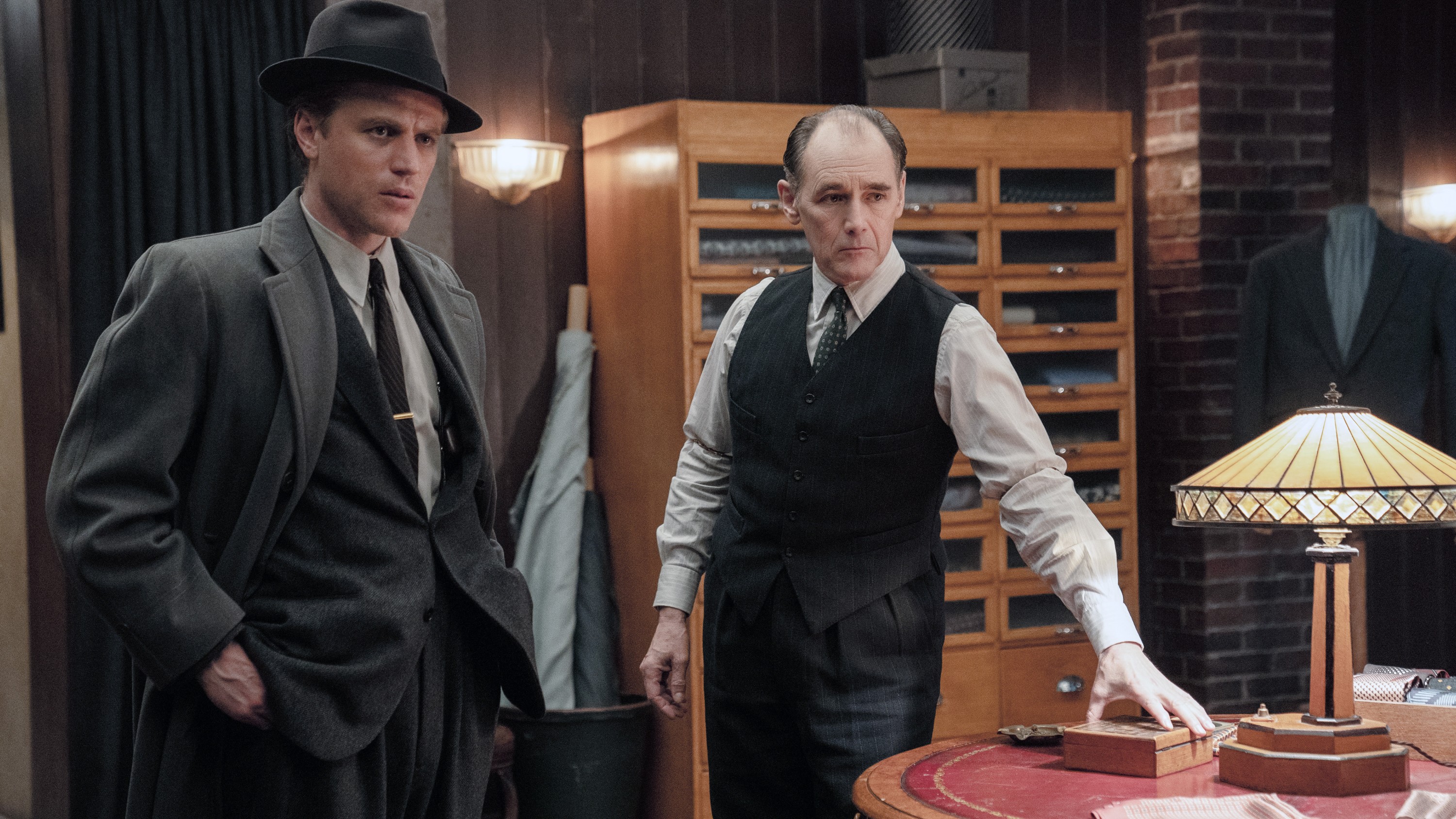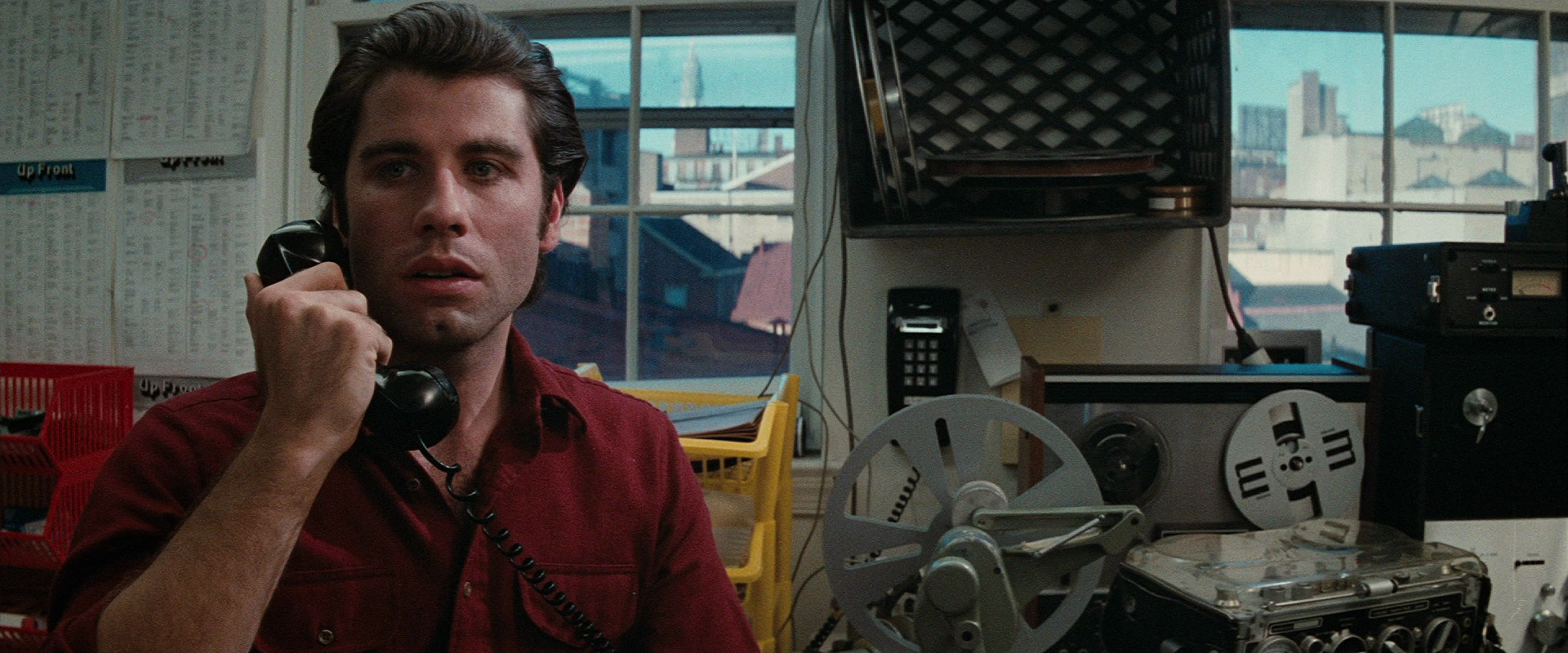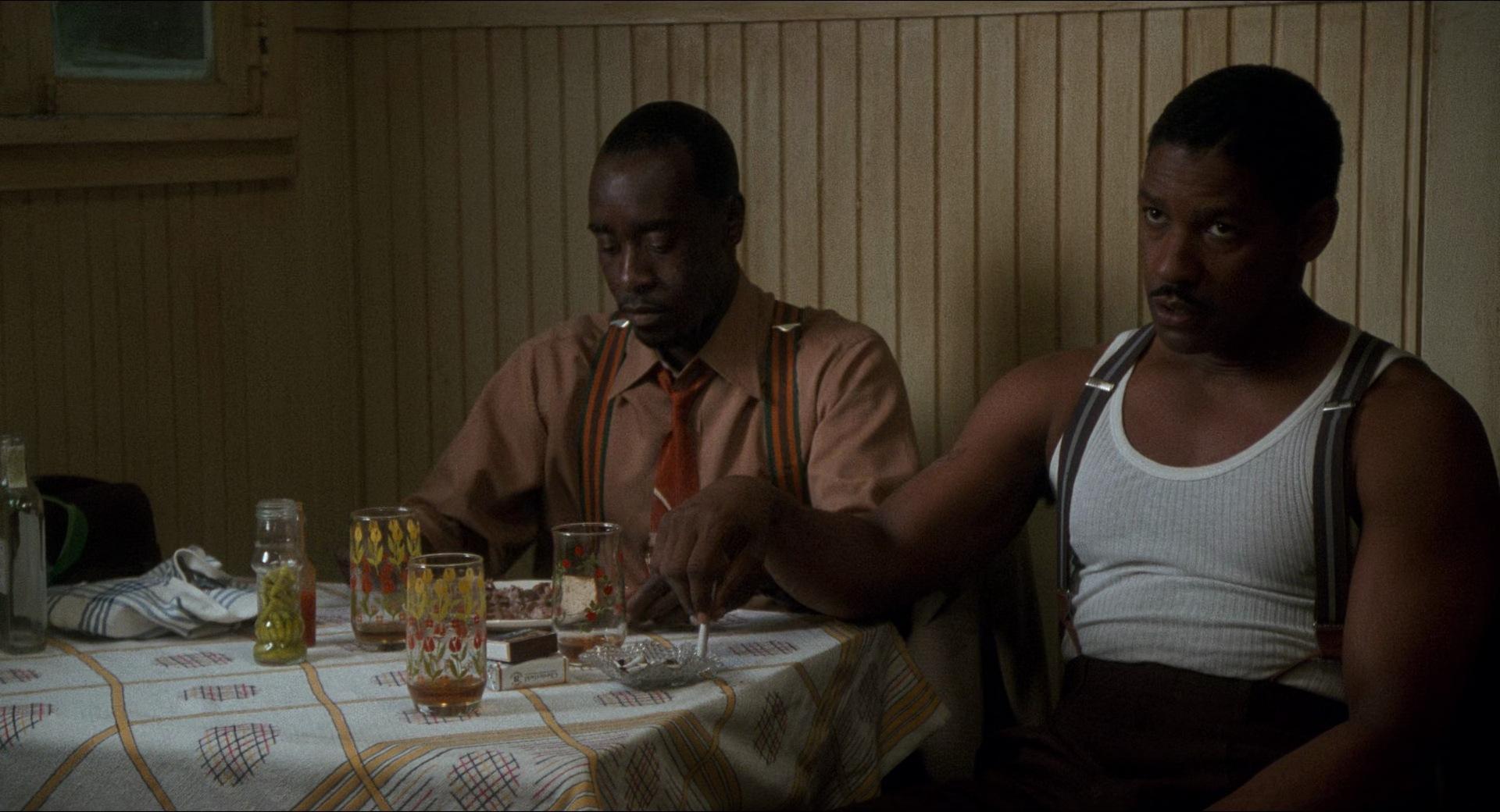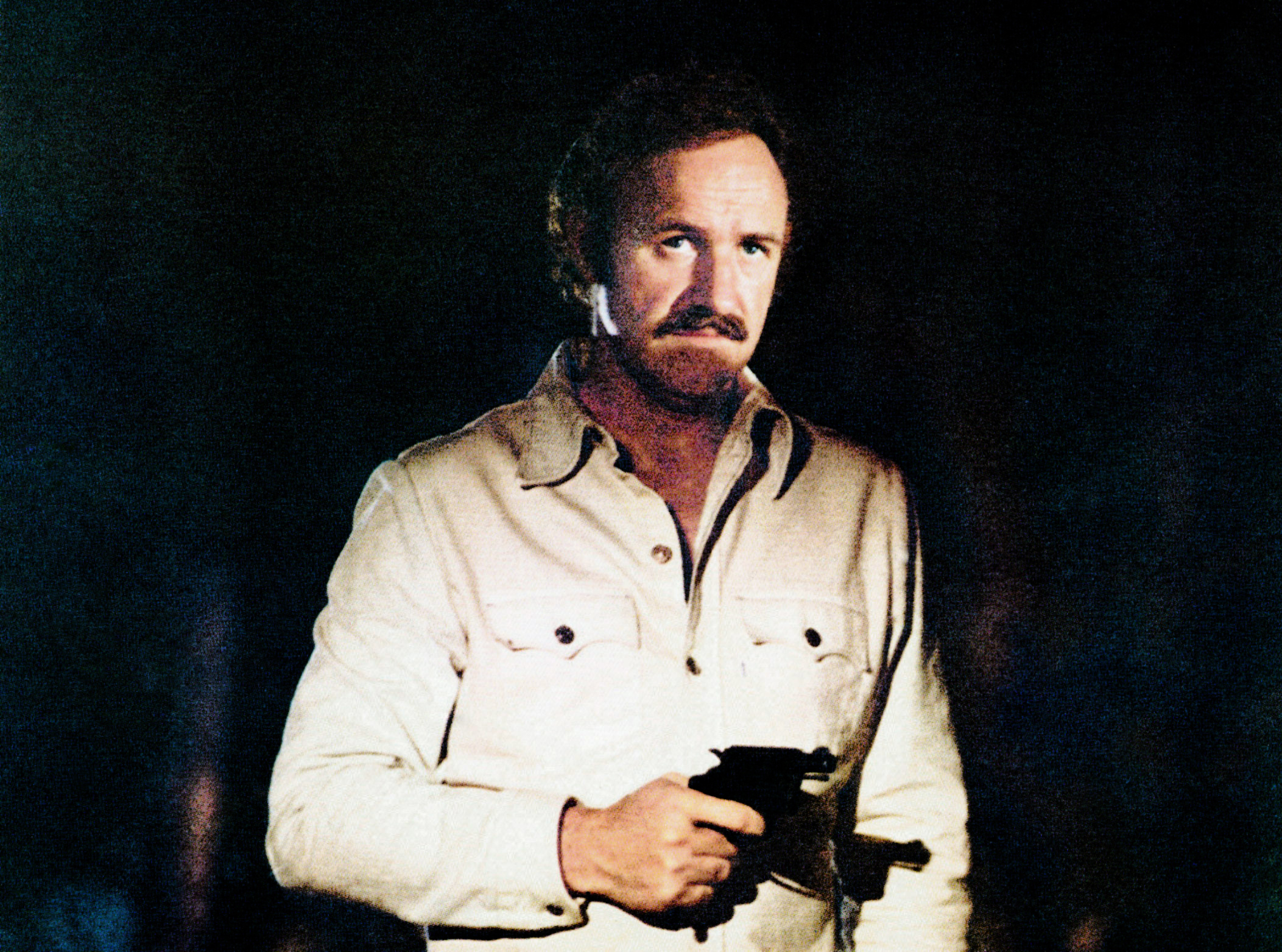Noirvember isn’t on any list of official holidays, but the informal, social-media-driven movement where cinephiles watch and discuss noir movies in November is picking up steam with streaming services. Criterion Channel, Kanopy, and Tubi are all programming month-long waves of noir films this year, and plenty of local arthouse and repertory theaters are getting in on the act. And for the physical media fans, there are Noirvember sales to consider as well.
Even for Noirvember fans, though, picking a single movie to watch out of 80 years of cinema can be difficult — the noir movement started in the 1940s and continues to this day. Polygon is happy to help narrow down the choices: Here are a few favorites we’d suggest as some of the best movies to stream in Noirvember 2024 and beyond. (And if you want more suggestions, check out last year’s list as well.)
The classics
Mildred Pierce
Where to watch: For digital rental/purchase on Apple TV
The great Joan Crawford gives one of her finest performances in this film from Casablanca director Michael Curtiz. Mildred Pierce follows the complicated relationship between a divorcée (Crawford) and her selfish, status-driven daughter (Ann Blyth), who feels ashamed that her mother has to work as a baker to support her family.
This noir is heavier on social drama than crime (even with the framing device of a murder), and it’s anchored by Crawford’s outstanding performance, which earned her a well-deserved Oscar — the only one she won. Many years later, the great Todd Haynes also adapted the original novel, this time into an HBO miniseries starring Kate Winslet. —Pete Volk
Where to watch: YouTube, various free Roku channels, or (probably) at your local library
Alfred Hitchcock’s first American movie is also one of his best, and that’s an extraordinarily high bar to clear. Adapted from Daphne du Maurier’s moody novel, which came out just two years earlier, Rebecca stars Laurence Olivier as a widower and Joan Fontaine as the new wife he’s moving into his vast estate. But the shadow of his first wife, Rebecca, looms large over the grounds, as does the mystery surrounding her death. —PV
Strangers on a Train
Where to watch: For digital rental/purchase on Amazon or free with ads on Tubi
Alfred Hitchcock’s 1951 masterpiece Strangers on a Train sits perfectly at the intersection of noir and horror, as amateur tennis star Guy Haines (Farley Granger) meets a strange man named Bruno (Robert Walker) during a train ride. Guy is struggling to divorce his promiscuous wife, so Bruno proposes a deal: Bruno will kill Guy’s wife and Guy will kill Bruno’s oppressive father, with each man establishing an airtight alibi during the other man’s murder, and taking advantage of the lack of connection between them to ensure that both murders will remain unsolved.
The deal comes off as a dark joke, but as Guy quickly learns, Bruno is a sociopath who considers their train conversation a sacred pact, and has every intention of carrying it out, whether Guy is on board or not. —Austen Goslin
The Third Man
Where to watch: Prime Video, free with a library card on Kanopy, or free with ads on Tubi
No noir has ever been so great as The Third Man about exploiting noir’s love of consequences for characters who stick their noses where they don’t belong. The movie follows an American writer, Holly Martins (Joseph Cotten), who travels to Vienna in search of his friend Harry Lime (Orson Welles). Lime, the writer is told, was killed in a traffic accident just a few days before. But Martins smells something fishy, and he starts following the scent all the way down a vast conspiratorial rabbit hole that leads him through crimes, cops, and the underside of war-torn Vienna. —AG
Next Steps
The Asphalt Jungle
Where to watch: For digital rental/purchase on Amazon or free with ads on Tubi
The Asphalt Jungle is a spiraling story about a conspiratorial gang of crooks assembled to pull off a robbery. When things go bad — because they always do in films like this — the movie chronicles each member’s attempt at an escape. Beautifully shot by noir master John Huston (who went on to take a major role in the neo-noir masterpiece Chinatown), The Asphalt Jungle feels like a perfect cementing of the various types of criminals who exist in noir.
It’s like Huston has stripped the noir genre down to better examine each part: There are heart-of-gold thugs who can’t let themselves catch a break, hotheads who are destined to go out guns blazing, and criminal masterminds who always keep their hands clean. And somehow it all adds up to one of the most beautiful and tragic of the classic noirs. —AG
Out of the Past
Where to watch: For digital rental/purchase on Amazon, YouTube, Apple TV
One of the classic ür-noirs, Out of the Past touches on practically every noir staple you can think of: the weary PI who falls for the dame he’s supposed to investigate, the double-dealing femme fatale who plays him for a chump, the complex storyline where everyone gets a chance to betray everyone else, and the twists that come fast and furious. But it’s also the kind of movie where everyone talks with a smirk, delivering a series of memorable one-liners as they keep revealing more motivations and deeper layers.
Robert Mitchum stars as the detective dispatched to chase the runaway thief girlfriend (Jane Greer) of a disgruntled mobster (Kirk Douglas): Their story plays out in two timelines over two jobs, as the past and present collide. The sheer number of switchups can be dizzying, but director Jacques Tourneur (Cat People) pulls it off with style. —TR
Where to watch: For digital rental/purchase on Amazon, Apple TV, Fandango
Humphrey Bogart had a reputation as one of the noir era’s signature weary, cynical tough guys, but this mesmerizing crime thriller is a reminder that he wasn’t a big man, or even necessarily a physically commanding one: He usually dominated the screen with calm and charisma. Here, Bogart plays an Army vet trapped in a hotel with a group of mobsters who’ve taken the residents hostage while waiting to lock down a deal. Locked into a situation that compromises both his safety and his dignity, he keeps his cool and finds ways to help other people. It’s another John Huston classic built around fantastic tension and slow-burn suspense that pays off in satisfying ways that look nothing like the way this story would play out in the post-Die Hard era. —TR
Digging deep
Cause for Alarm!
Where to watch: Free on Tubi, Plex, or Xumo, with a subscription on MGM Plus or Fandor
Tay Garnett’s 1951 noir melodrama, based on an earlier radio play, lays out a nightmare scenario on a small, personal scale: After World War II, young wartime bride Ellen (Loretta Young) finds her husband’s physical and mental health disintegrating, to the point where he decides she’s poisoning him and that he’s justified in killing her. When he writes a letter accusing her of plotting his death, and she unwittingly mails it, she has to figure out both how to recover the letter and how to deal with his dangerous paranoia and the fallout from his attempt on her life.
There’s a Hitchcockian edge to the way writers Mel Dinelli and Tom Lewis contrast Ellen’s desperation and her high-stakes situation with the banal day-to-day of a ’50s suburb. Desperately trying to stop the letter in transit while trying to keep up a cheery all-is-well front, Ellen feels like a precursor to every dark-suburban-secrets thriller of later decades, and a wry pushback against the clichéd image of 1950s Americana. —TR
On Dangerous Ground
Where to watch: For digital rental/purchase on Apple TV
The great director Nicholas Ray (Rebel Without a Cause) made many great noirs — They Live by Night, In a Lonely Place, even a “Western noir” in the fantastic Johnny Guitar — but one of my favorites is the thorny 1951 drama On Dangerous Ground. Starring Ida Lupino (herself a great director, and the first woman to direct a mainstream film noir, The Hitch-Hiker) and Robert Ryan, it follows a violent police officer (Ryan) sent away from his district due to his behavior, and a blind woman (Lupino) he meets during an investigation. It is, essentially, a movie about trust, pairing a bitter man unable to trust anyone with a woman forced to trust everyone. The movie is one of Martin Scorsese’s favorites, and was a big influence for Taxi Driver. —PV
Sorry, Wrong Number
Where to watch: Free with a library card on Kanopy, or for digital rental/purchase on Apple TV
Barbara Stanwyck was a singular Hollywood star, transitioning from Broadway to the movies when sound was introduced to the form. One of my favorites of hers is this paranoid noir thriller about a woman who accidentally overhears a murder plot on her phone. A predecessor to similar movies like The Conversation and Blow-Up, it’s a fantastic showcase for Stanwyck’s unique star power, and it earned her a fourth Best Actress nomination at the Academy Awards. —PV
Classic neo-noirs
The Long Goodbye
Where to watch: Prime Video, free with a library card on Kanopy, or free with ads on Freevee
Robert Altman’s beloved 1973 neo-noir The Long Goodbye feels like one of the genre’s first small steps into revisionism, with all the familiar tropes twisted into creative new forms for a changed era. The film follows Raymond Chandler’s classic private detective Philip Marlowe (Elliott Gould). Here, he’s every bit as smooth-talking as the noir heroes that came before him, but sleepier and a little lazier, without an ounce of their ambition. It’s a perfect ’70s evolution of the version of the character Humphrey Bogart played in The Big Sleep.
There’s no chip on Marlowe’s shoulder in this iteration of the character, and he isn’t pursuing the femme fatale (Nina van Pallandt) who involves him in the movie’s messy case. He’s just trying to make a living, and everything else is unfortunate circumstance. All these changes let The Long Goodbye feel like a classic noir that simply got the wrong protagonist, which makes the whole thing fun, even when Marlowe stumbles too far into the deep end of a criminal venture, a fate not even a neo-noir PI can avoid. —AG
Where to watch: Fubo TV or for digital rental/purchase on Amazon
Chinatown might be the most perfect, prototypical neo-noir. It stars Jack Nicholson as the kind of slick-talking, smarmy private eye who could have walked onto the 1974 set directly from the ’50s: The world seems to have quietly passed him by. Instead of personal conspiracies and small-time scams, Nicholson’s character stumbles into private tragedy, and the realization that powers larger than he can imagine might be rigging the whole system against people like him. Chinatown is bigger, darker, and queasier than the noir movies that came before it, ushering the genre into the cynical paranoia of 1970s cinema. —AG
Miller’s Crossing
Where to watch: Criterion Channel, or for digital rental/purchase on Amazon, Apple TV, YouTube
Nobody does neo-noir like the Coen brothers: They operate in a lot of different modes, from black-and-white throwback (The Man Who Wasn’t There) to genre-redefining updates (last year’s neo-noir pick Blood Simple, or the PI-reimagined classic Fargo) to deliriously weird comedy (Raising Arizona). In each case, their knack for specificity in characters and dialogue gives their films a snap no one else can match. Miller’s Crossing is one of their all-time greats, and at the same time one of their more conventional, play-it-straight crime movies: Set in 1929, it follows a rivalry between gangster clans, with Gabriel Byrne in an all-time-best role as a flunky caught in the middle. It’s packed with memorable double-crosses and double-dealings, all leading up to one of the most memorable finales in the neo-noir canon. —TR
Next-step neos
The Outfit
Where to watch: Starz, or available for digital rental/purchase on Fandango, Apple TV, or Google Play Movies
Secretly one of the best neo-noirs of the past decade, Graham Moore’s criminally underseen 2022 directorial debut The Outfit gives the lie to the old saw “They just don’t make ’em like that anymore.” This crime drama is set in the 1950s, and feels like it could have been made during that era: There’s no modern flash or action, just a twist-packed, character-focused script that keeps the surprises coming, and a superlative cast pulling it all off.
Quiet, dignified Chicago tailor Leonard (the ever-reliable Mark Rylance) operates a shop that mostly services the Irish Mob, and serves as one of their cash drops. When a mobster shows up with a bullet in him and a stolen FBI recording pointing to a rat in the organization, Leonard has to navigate the dangerous face-offs that follow, between distrustful, violent career criminals pointing fingers (and guns, naturally) at each other. It’s a classic game of “Who’s the Martian?” with Leonard and others caught in the crossfire, and enough nested reveals to keep anyone guessing. —TR
Where to watch: Fubo TV, free with a library card on Kanopy, or free with ads on Tubi
Brian De Palma’s 1981 neo-noir follows a foley effects artist, Jack Terry (John Travolta), who’s capturing ambient sound outdoors when he accidentally records the sound of a politician’s fatal car crash. While he’s able to save the girl in the candidate’s car, the politician himself drowns. On top of that tragedy, the sound Jack recorded suggests the crash might not have been an accident.
Travolta’s character is far from a real detective, but Blow Out slots him into the noir canon perfectly as one of its sharpest and most fascinating characters. Blow Out continues the trend of neo-noirs of the 1970s, moving the genre’s conspiracy and paranoia out of the personal realm and into the public one. Among noirs about the seedy, steady degradation of society, there’s never been one quite so bleak as Blow Out, a movie that starts with a political assassination conspiracy, then throws in a serial killer who’s more than willing to work for whichever political party will have him. —AG
Devil in a Blue Dress
Where to watch: For digital rental/purchase on Apple TV
This scintillating neo-noir captures Denzel Washington during the era when he was ascending the mountain of movie stardom in a brilliant story about postwar racial tensions in Los Angeles, featuring some of the best cinematography of the 1990s.
Denzel is Easy Rawlins, a veteran between jobs, just looking to make enough money to keep paying his mortgage. When he’s recruited by a seedy PI for what seems to be simple work, Easy gets pulled into a tangled web of lies and deception that proves phenomenally difficult to break out of. With incredible supporting performances from Don Cheadle, Tom Sizemore, and Jennifer Beals, Devil in a Blue Dress is a gem of a mystery thriller that does the excellent original novel justice. —PV
Night Moves
Where to watch: For digital rental/purchase on Apple TV
Gene Hackman, in one of his best performances, stars as a private detective and former football pro who gets hired to find the missing daughter of a former Hollywood star. As he digs into the case, he finds much more than he bargains for. The movie simultaneously pulls off “neo-noir mystery” and “taut character study of one really sad man,” eschewing the era’s more paranoid direction in favor of a vibe more akin to extreme depression. Sometimes, it’s good to have a bad time at the movies. Night Moves is one of those times. —PV
